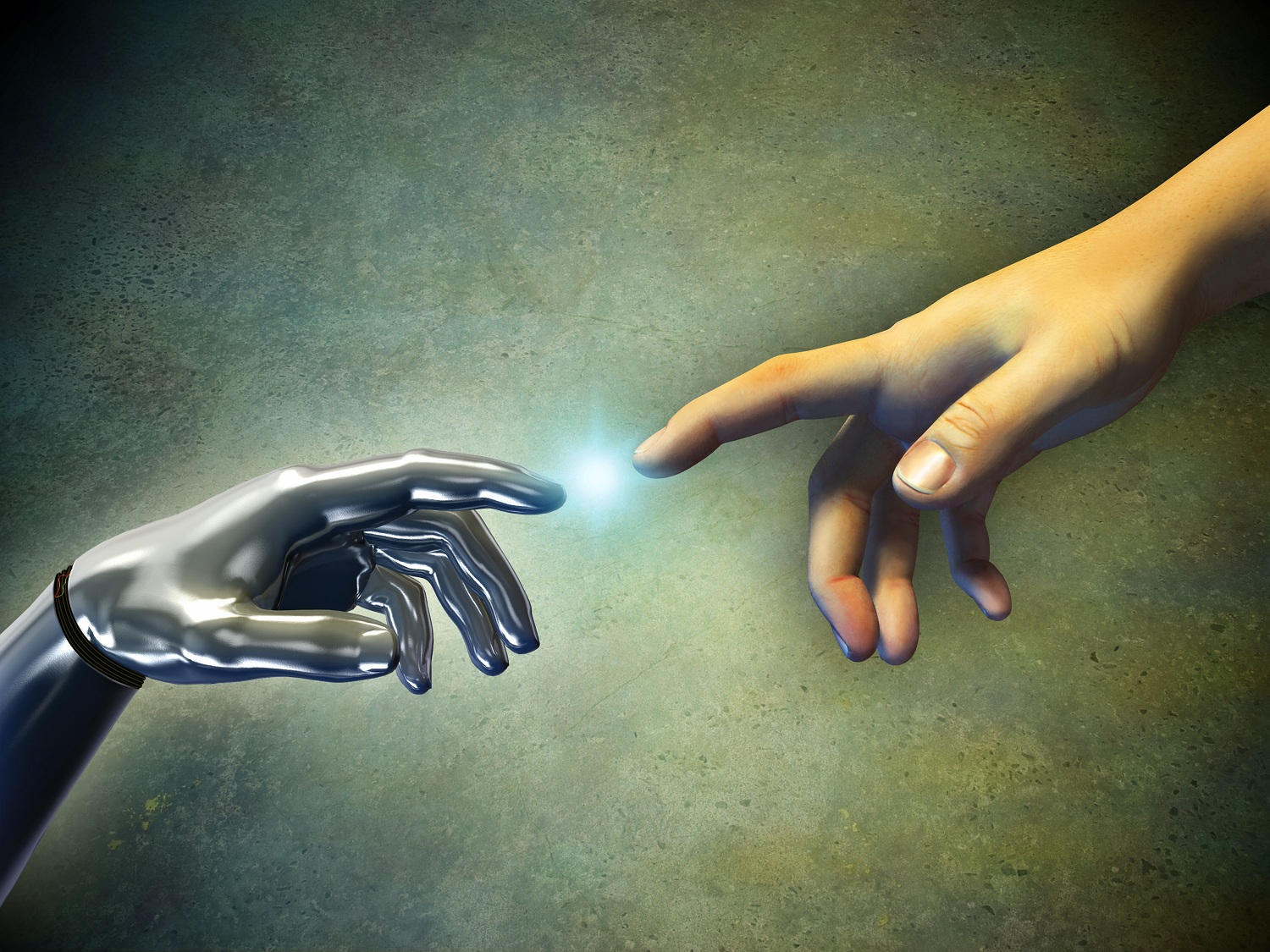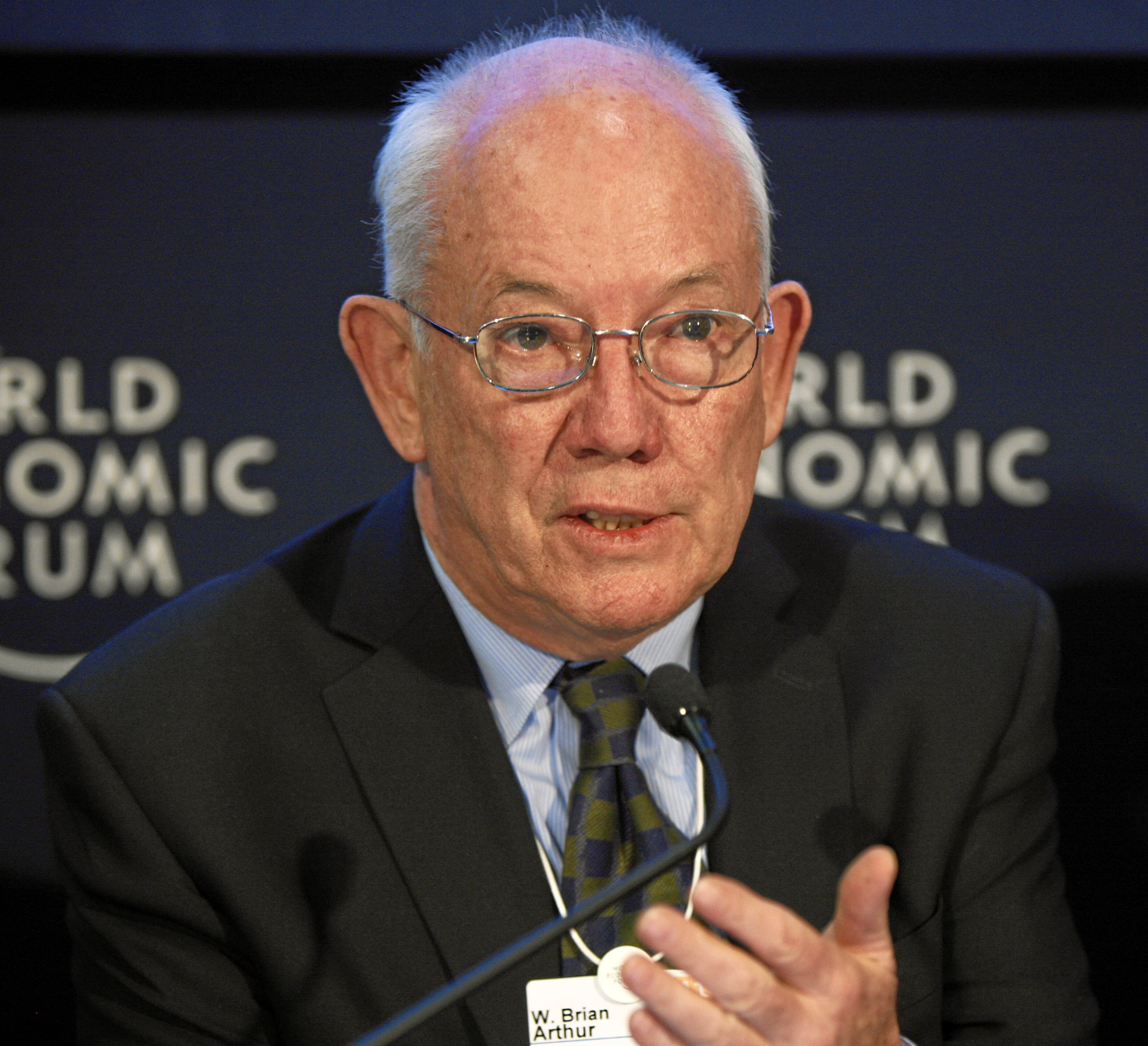Labor Revisited
In part one of a two-part series, guest columnist W. Brian Arthur explores the rise of the digital economy that he believes is beginning to supplant the physical economy.
Posted: March 14, 2012
“In any deep transformation, industries do not so much adopt the new body of technology as encounter it, and as they do so they create new ways to profit from its possibilities.”
Now consider a second example, from supply chain management. Twenty years ago, if you were shipping freight through Rotterdam into the center of Europe, people with clipboards would register arrival, check manifests, fill out paperwork and telephone forward destinations to let other people know. Now such shipments go through an RFID portal where they are scanned, digitally captured and automatically dispatched. The RFID portal is in conversation digitally with the originating shipper, other depots, other suppliers, and destinations along the route, all keeping track, keeping control, and reconfiguring routing if necessary to optimize things along the way. What was once done by humans is now executed as a series of conversations among remotely located servers.
In both these examples, and all across economies in the developed world, processes in the physical economy are being entered into the digital economy, where they are “speaking to” other processes in the digital economy, in a constant conversation among multiple servers and multiple semi-intelligent nodes that are updating things, querying things, checking things off, readjusting things and eventually connecting back with processes and humans in the physical economy.
So we can say that another economy – a second economy – of all of these digitized business processes conversing, executing, and triggering further actions is silently forming alongside the physical economy.
ASPEN ROOT SYSTEMS
If I were to look for adjectives to describe this second economy, I’d say it is vast, silent, connected, unseen and autonomous (meaning human beings may design it, but they are not directly involved in running it). It is remotely executing and global, always on, and endlessly configurable. It is concurrent (a great computer expression), which means everything happens in parallel. It is self-configuring, meaning it constantly reconfigures itself on the fly, and increasingly it is also self-organizing, self-architecting, and self-healing.
These last descriptors sound biological, and they are. In fact, I’m beginning to think of this second economy, which is under the surface of the physical economy, as a huge interconnected root system, very much like the root system for aspen trees. For every acre of aspen trees above the ground, there’s about ten miles of roots underneath, all interconnected with one another, “communicating” with each other.
This metaphor isn’t perfect: this emerging second-economy root system is more complicated than any aspen system because it’s also making new connections and new configurations on the fly. But the aspen metaphor is useful for capturing the reality that the observable physical world of aspen trees hides an unseen underground root system just as large or even larger.

















